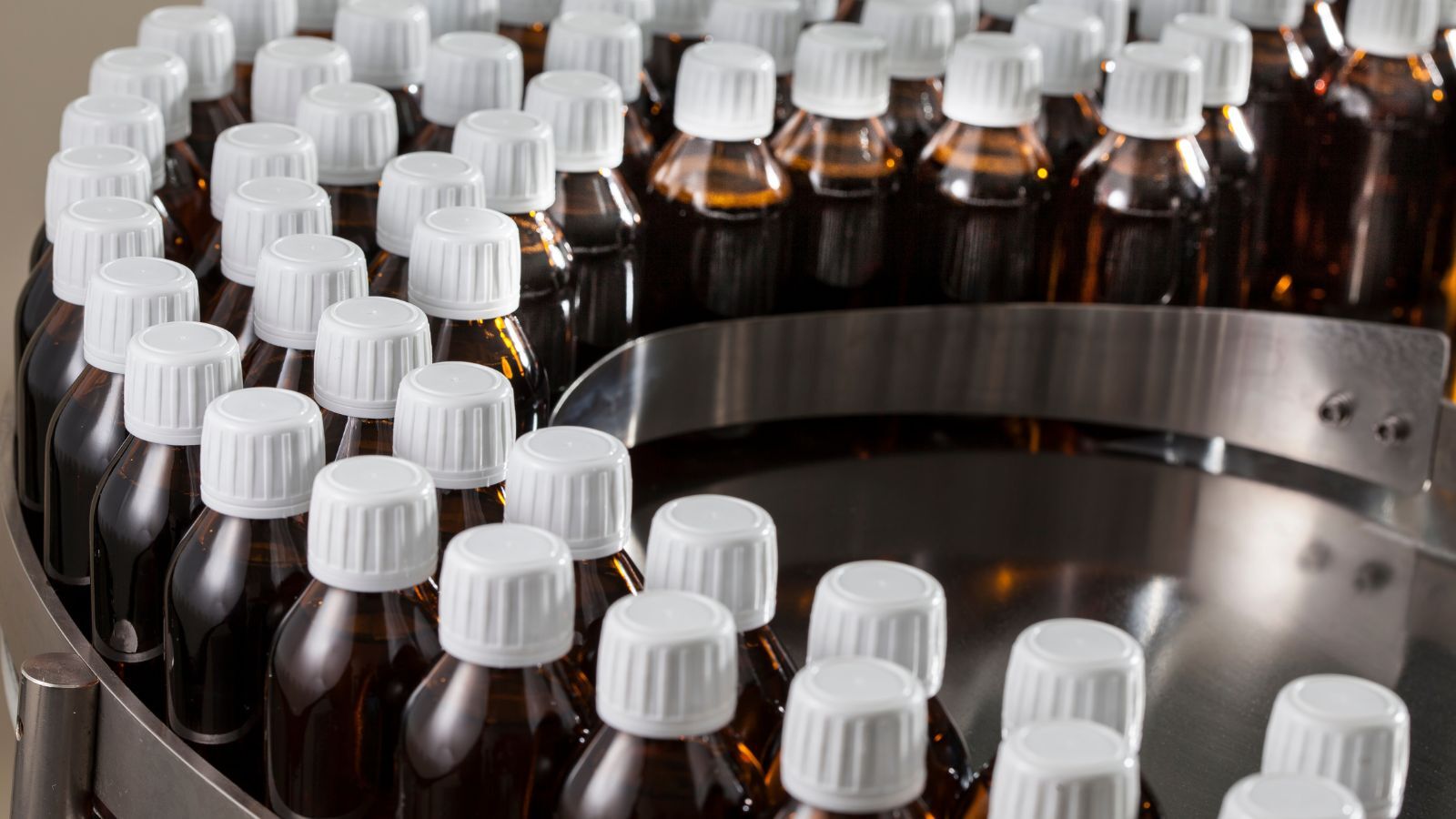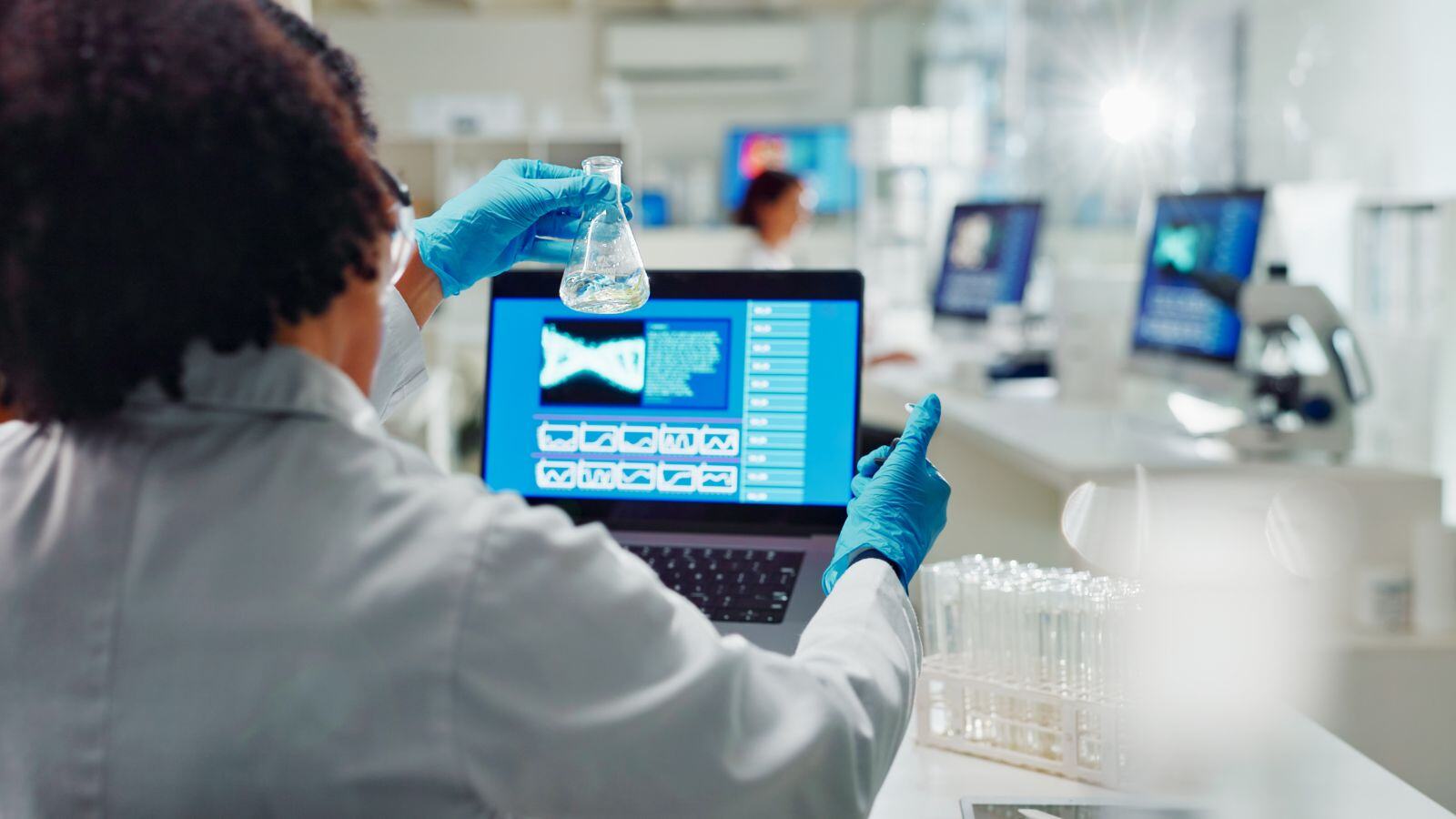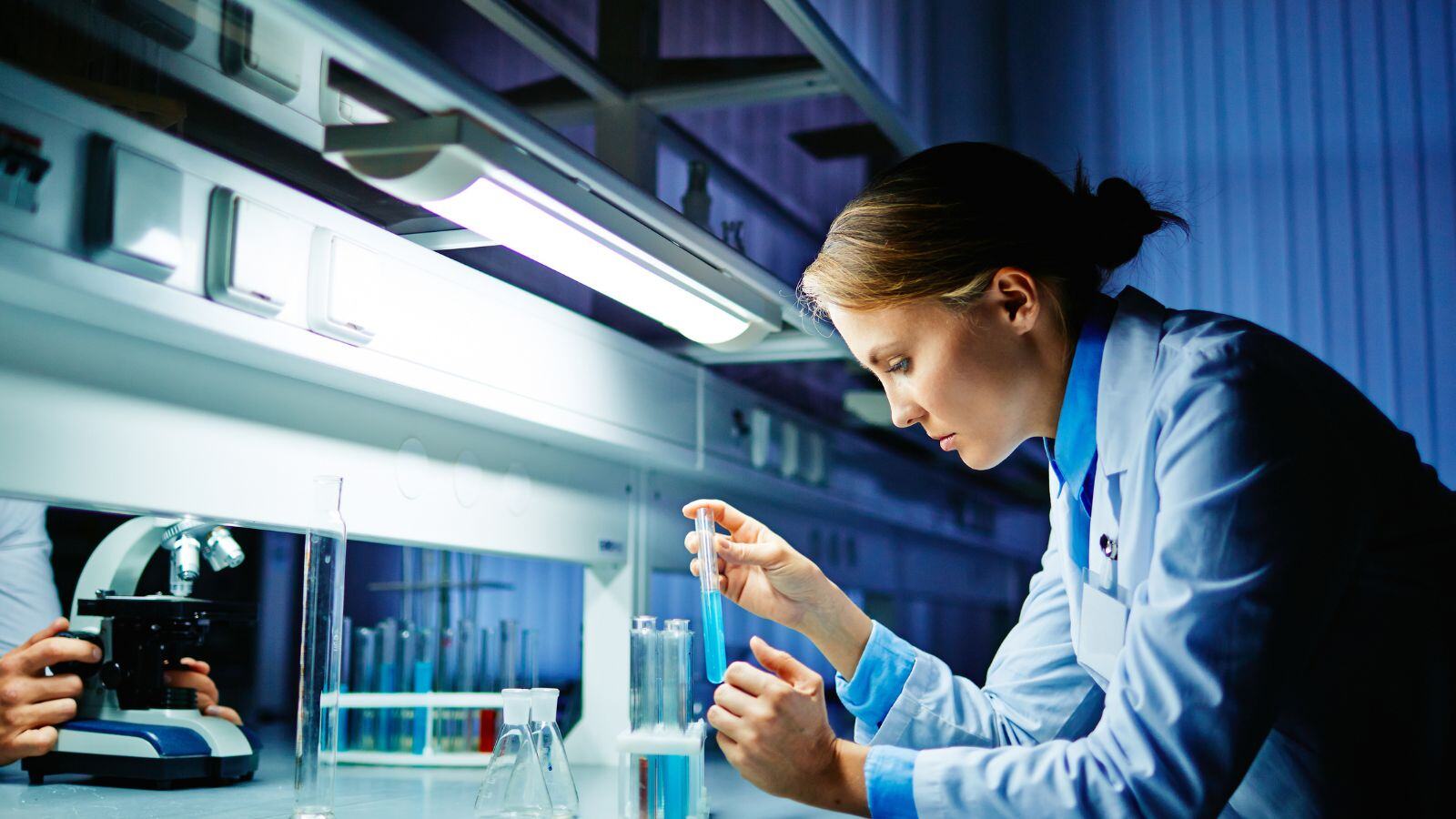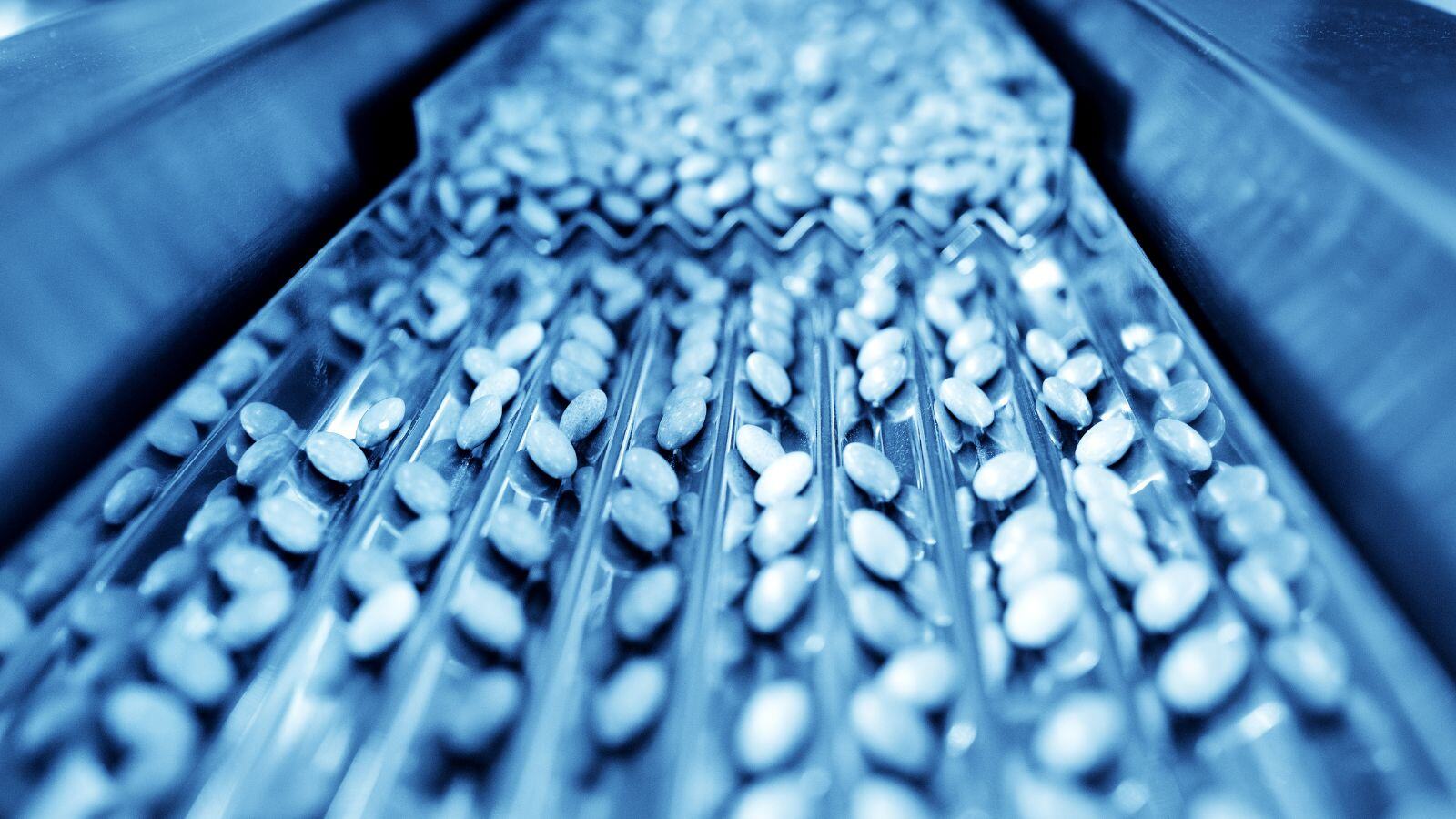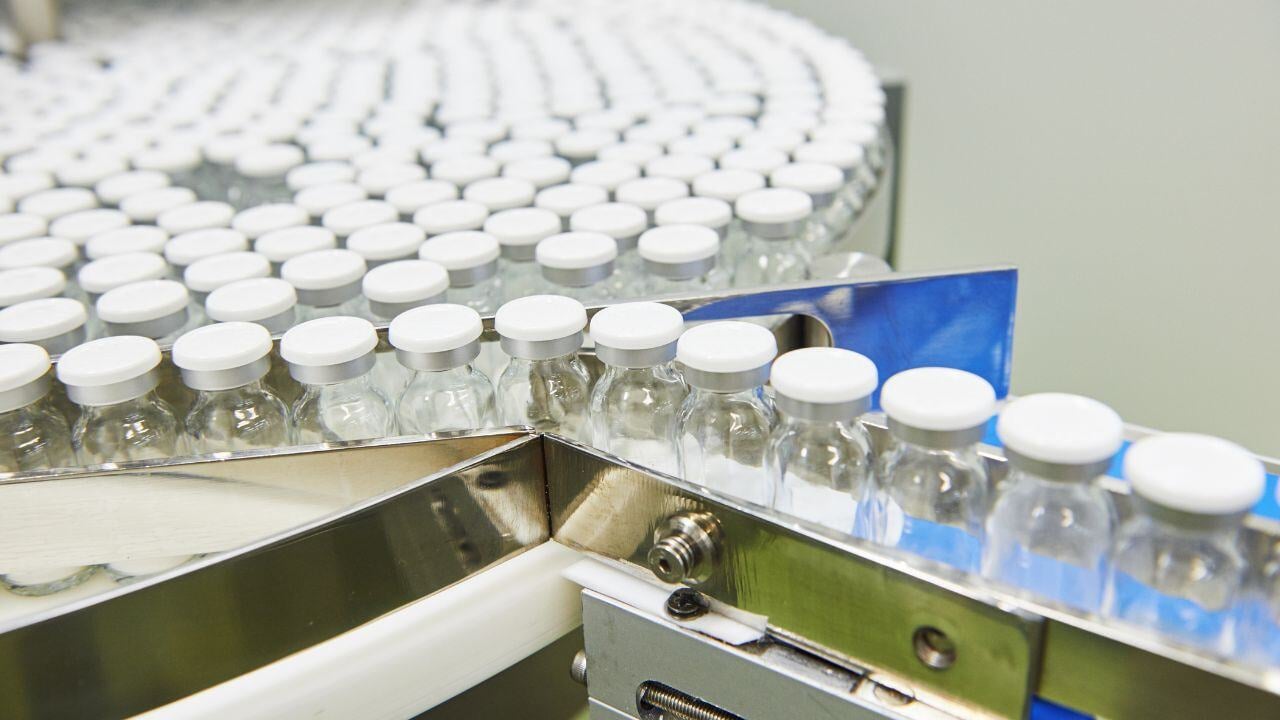-
EU GMP Annex 1: Manufacture of Sterile Medicinal products: This document outlines specific requirements for the manufacture of sterile medicinal products, complementing the EC-GMP Guide.
-
ISO 14644-4:2022 Cleanrooms and associated controlled environments – Part 4: Design, construction and start-up: This document provides a comprehensive process for creating cleanrooms, covering everything from initial requirements to design, construction, and start-up.
What is a cleanroom?
According to the normative reference ISO 14644-1:2015, a cleanroom is a controlled environment where the concentration of airborne particles is managed and classified. It is designed, constructed, and operated in a way that effectively controls the introduction, generation, and retention of particles within the room. Additionally, other important parameters such as temperature, humidity, and pressure are controlled as required.
What is cleanroom qualification?
As per the guidelines outlined in EU-GMP, premises should be strategically located, designed, constructed, adapted, and maintained to align with the intended operations. The layout and design should prioritize minimizing the risk of errors and facilitating effective cleaning and maintenance processes to prevent cross-contamination, accumulation of dust or dirt, and any potential negative impact on product quality.
Furthermore, the EU GMP Annex 1 specifically mandates that cleanrooms and clean air equipment must undergo qualification procedures following the methodology outlined in Annex 15. It emphasizes the importance of clearly distinguishing cleanroom qualification, including classification, from operational environmental monitoring.
Cleanroom qualification activities
So, qualification activities of cleanrooms should consider all stages from the initial development of the user requirements specification through to the end of the use of the facility (See figure 1).
The main stages and some suggested criteria (although this depends on individual project circumstances and may be different) which could be included in each stage are indicated (Annex 15):
- User requirements specification (URS),
- Design qualification (DQ),
- Factory acceptance testing (FAT) /Site acceptance testing (SAT),
- Installation qualification (IQ),
- Operational qualification (OQ),
- Performance qualification (PQ).
User requirements specification (URS)
The first step in the qualification process is the definition of User requirements specification (URS). For that, an analysis of the need for a cleanroom and its justification shall be performed. This analysis shall address, but is not limited to:
- contamination risk to products, processes, people, and environment;
- statutory requirements;
- relevant regulations;
- business-related aspects (financial viability and resource capability);
- and future needs.
Design qualification (DQ)
The output of the requirements (URS) is the input for the design. The design of the cleanroom shall consider an effective contamination control strategy for all aspects of its construction, testing, operation, maintenance, and life cycle.
There are typically three stages in the overall design process: conceptual design, basic design, and detailed design (ISO 14644-4:2022). Depending on the nature and scale of the project, these stages can be executed in one or more steps with appropriate design iterations and reviews.
At the end of each design stage, an agreed design document(s) shall be produced.
Factory acceptance testing (FAT) /Site acceptance testing (SAT)
The installation shall be constructed in accordance with the agreed detailed design and specifications and the construction plan and the quality plan. As proposed by ISO 14644-4:2022, a clean-built protocol can support the construction phase to limit the sources of contamination.
Upon completion of the construction of an installation, the start-up period commences with commissioning to confirm that the installation is complete and performs as specified.
A series of verifications shall be carried out to demonstrate that all the performance parameters are in accordance with the agreed specification and to determine that all parts of the installation operate together to achieve the designed conditions.
For a cleanroom, this shall at least include a classification test in accordance with ISO 14644-1. Other parameters may be evaluated such as viable particulate contamination, chemical contamination, and… Rationale shall be documented for the scope of verification. Under certain conditions, these tests can be leveraged in the next qualification phases (IQ and OQ).
Installation qualification (IQ)
This step could be considered as an “As-Built Testing phase”. An As-built cleanroom refers to a cleanroom that’s functional and ready for operation but doesn’t have any equipment and personnel inside yet. As-built testing is an initial cleanroom qualification step, which reflects the supply air quality. In a non-exhaustive manner, the following tests can be carried out: HVAC calibration, P&ID loop verification, HEPA filter integrity test data review, critical equipment calibration status, …
In this stage, the microbial contamination for airborne and surface should be also measured to determine the initial (baseline) recovery of microorganisms.
Operational qualification (OQ)
This step could be considered an “At-Rest Testing” phase. The At-rest cleanrooms are complete, functional, and ready to use. The equipment is in place but not the staff. Performing clean room testing at rest allows for thorough smoke testing of surfaces of equipment that is installed but not yet operating.
The OQ protocol should address, at least the following tests:
- Installed filter system leakage and integrity testing,
- Airflow tests – volume and velocity,
- Air pressure difference test,
- Airflow direction test and visualization,
- Microbial airborne and surface contamination,
- Temperature measurement test,
- Relative humidity test,
- Recovery test,
- Containment leak test.
In this stage, the cleanroom classification “at-rest” can be done. The minimum number of sampling locations and their positioning can be found in ISO 14644-1.
As requested by Annex 1, cleanroom classification is part of the cleanroom qualification and is a method of assessing the level of air cleanliness against a specification for a cleanroom or clean air equipment by measuring the total particle concentration.
For the aseptic processing area and the background environment (the grade A and grade B areas, respectively), additional sample locations should be considered and all critical processing areas such as the point of fill and container closure feeder bowls should be evaluated. Critical processing locations should be determined by documented risk assessment and knowledge of the process and operations to be performed in the area.
The microbial contamination for airborne and surface must be also measured both “at-rest”. The number and location of sampling points should be based on a documented risk assessment.
Therefore, according to Annex 1, two types of risk assessment are required, one for the particulate and one for the microbial contamination.
Performance qualification (PQ)
This step could be considered an “In-Operation Testing” phase. This phase is performed when all equipment and personnel are in operation inside a cleanroom. This final testing aims to prove that the cleanroom has all the required operational performance in place for a safe cleanroom application.
The cleanroom classification at “In-Operation” state can be done. For cleanroom classification, the total of particles equal to or greater than 0.5 and 5 μm should be measured in accordance with the limits specified in Table 1 in Annex 1.
The microbial contamination level of the cleanrooms should be also determined “in operation” states. The number of sampling locations should be based on a documented risk assessment and the results obtained from the previous tests (room classification, air visualization studies) and knowledge of the process and operations to be performed in the area. The maximum limits for microbial contamination during qualification for each grade are given in Table 2 of Annex 1.
Release of cleanroom
The acceptance and release phase should be done when all the previous testing phases are completed and all discrepancies successfully closed. The acceptance and release process is completed through a summary report. A traceability matrix may be also used as a tool to identify the critical aspect and includes references to the tested documents in link to the requirements.
Cleanroom monitoring
After their release, the cleanrooms should be monitored. Annex 1 specifies that operational environmental monitoring should be clearly differentiated from cleanroom qualification (including classification).
The program of operational environmental monitoring should, according to the guidance, contain the following elements:
- Environmental monitoring (total particle),
- Environmental and personnel monitoring (viable particle),
- Temperature, Relative humidity, and other specific characteristics,
- Aseptic process simulation (for aseptically manufactured products only).
Information from the environmental monitoring program should be used for the release of products, but also for ongoing assessment of the conditions of the cleanrooms, and during investigations.
The risk assessments must be based on knowledge of the processes, as well as historical monitoring data, qualification monitoring data, and the facility itself.
Requalification
The requalification of cleanrooms should be carried out periodically following defined procedures. The requalification should include at a minimum the following tests:
- cleanroom classification (total particle concentration),
- integrity test of final filters,
- airflow volume measurement,
- verification of air pressure difference between rooms,
- and air velocity test.
Appropriate requalification should also be carried out after any change through the change management process.
Conclusion
Make sure that your cleanroom qualification complies with the new version of standards EU GMP Annex 1 and ISO 14644-4:2022 and that your risk assessment is sufficiently justified.
The revisions of both regulations made it possible to clarify certain notions such as the layout of the different test phases (qualification, classification, requalification, monitoring) and especially emphasized the notion of risk. So, the new version of standards requires that each test and test plan be justified by a risk assessment.
Are you struggling with the updates? New to cleanroom qualification? Or do you need advice?
Our experts will be happy to help you with the best validation program in accordance with your available resources







.png?width=109&height=108&name=Pharma%20(2).png)
.png?width=111&height=108&name=Medical%20Devices%20(2).png)
.png?width=84&height=107&name=IVD%20(2).png)





